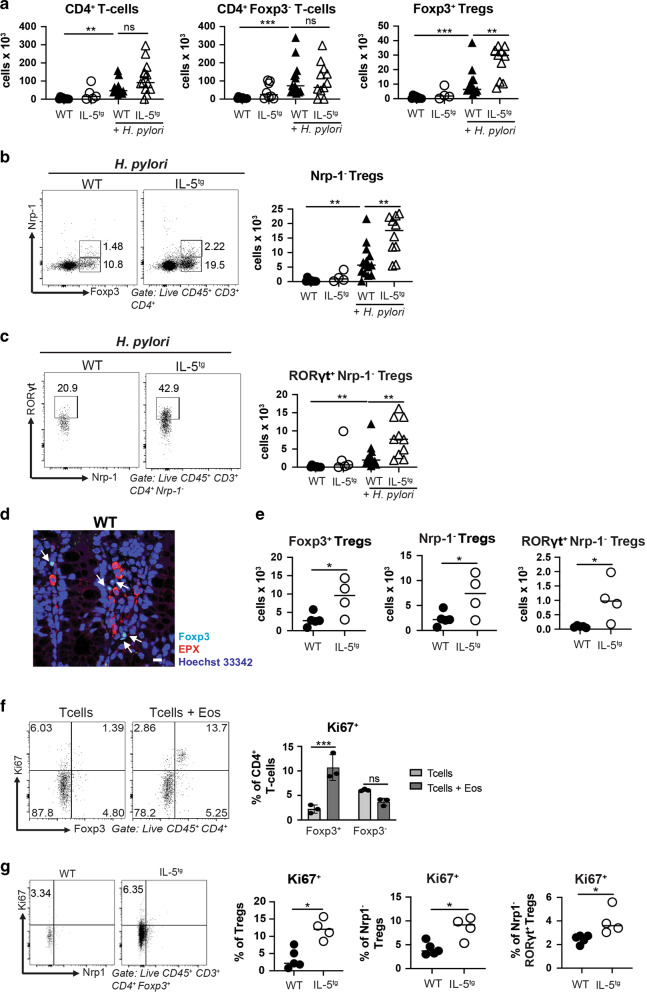Fig. 2. IL-5-driven eosinophilia promotes Treg expansion in infected tissues and the steady state colon.
a–d IL-5-transgenic (IL-5tg) mice and their wild-type littermates were infected with H. pylori strain PMSS1 for 6 weeks. a Absolute counts of all gastric lamina propria CD4+ T-cells, CD4+ Foxp3− conventional T-cells and CD4+ Foxp3+ Tregs, of infected IL-5tg mice and WT littermates relative to uninfected age-matched controls. b, c Absolute counts of gastric Foxp3+ Nrp-1− Tregs and RORγt+ Nrp-1− Tregs of the mice shown in a; summary plots are shown alongside representative FACS plots of the two infected groups. Data in a–c are pooled from two independent studies. d, e IL-5tg mice and their wild-type littermates were subjected to immunofluorescence microscopy and colonic lamina propria leukocyte isolation followed by flow cytometry. d Representative microscopic image of EPX-positive eosinophils and of Foxp3-positive Tregs in the colonic steady state mucosa of a WT mouse (scale bar: 10 μm). White arrows point to eosinophils and Tregs in close proximity. e Absolute counts of colonic Foxp3+ Tregs, Nrp-1− Tregs and RORγt+ Nrp-1− Tregs. f Splenic eosinophils immunomagnetically sorted from IL-5tg mice were co-cultured with naïve splenic CD4+ T-cells from WT mice for 3 days at a 1:1 ratio; Ki67 expression were quantified by flow cytometry at the study endpoint. Representative FACS plots are shown alongside summary plots for two pooled studies. g Ki67 staining of the mice shown in e. Summary plots of the frequencies of Ki67+ among all Tregs, among Nrp-1− Tregs and among RORγt+ Nrp-1− Tregs are shown alongside representative FACS plots for Tregs. Statistical comparisons were performed by Mann–Whitney (two groups) or Kruskal–Wallis (more than two groups) test followed by Dunn’s post hoc test. *p < 0.05, **p < 0.01, ***p < 0.001, ****p < 0.0001, ns not significant.

